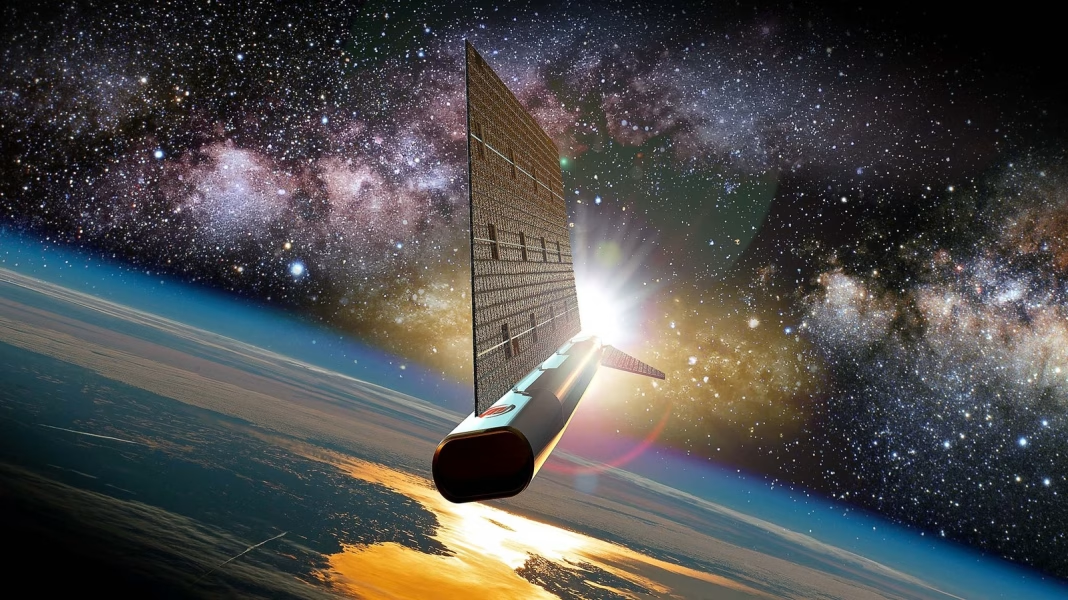Why Would Anyone Want to Fly in Very Low Earth Orbit?
If you’ve ever wondered why satellites don’t just zip around a little closer to Earth, you’re not alone. Very Low Earth Orbit (VLEO), which sits roughly 180 to 350 kilometers above the surface, seems like a no-go zone for most spacecraft. The reason? It’s a brutal neighborhood. Satellites here face relentless atmospheric drag, rapid orbital decay, and a constant barrage of atomic oxygen that can chew through protective coatings like a cosmic sandblaster. Most space agencies have steered clear for decades, preferring the relative calm of higher orbits.
So why is VLEO suddenly back in the spotlight? The answer, as with so many things in space these days, has a lot to do with international competition—particularly between China and the United States.
What’s Driving China’s Interest in VLEO?
China’s recent push into VLEO has raised eyebrows in the global space community. Why take on all that extra risk? The answer is strategic advantage. Operating satellites in VLEO offers some unique perks: sharper imaging for surveillance, lower latency for communications, and a harder-to-hit target for anti-satellite weapons. In short, the closer you are to Earth, the better your view—and the trickier you are to track or intercept.
According to a 2023 report from the Secure World Foundation, China has ramped up research into VLEO technologies, including advanced propulsion systems to counteract drag and new materials to withstand the harsh environment. The country’s willingness to tackle these challenges signals a shift in how space might be used for both civilian and military purposes.
How Is the US Space Force Responding?
The US Space Force isn’t sitting on the sidelines. While the idea of flying in VLEO might have seemed laughable a decade ago, China’s ambitions have forced a rethink. Space Force officials have publicly acknowledged the need to explore lower orbits—not just to keep pace, but to stay ahead.
But it’s not just about matching China move for move. The US is also weighing the risks. VLEO satellites require frequent boosts to maintain altitude, meaning higher operational costs and more complex logistics. There’s also the issue of debris: at these altitudes, even a tiny paint fleck can cause serious damage. The Space Force is investing in research partnerships with universities and private companies to develop more resilient satellite designs and propulsion systems that can handle the grind of VLEO.
What Are the Real-World Challenges of Operating in VLEO?
Let’s not sugarcoat it—VLEO is unforgiving. Satellites here need to be built tough. The constant drag means they burn through fuel faster, so engineers are experimenting with ion thrusters and even air-breathing engines that gulp up the thin atmosphere for propulsion. Materials science is another frontier: atomic oxygen corrodes traditional coatings, so researchers are testing new polymers and ceramics that can take the heat (and the hits).
There’s also the matter of lifespan. While a satellite in higher orbit might last a decade or more, VLEO missions could be measured in months unless technology improves. That’s a tough sell for commercial operators, but for military or intelligence applications where up-to-the-minute data is critical, the trade-off might be worth it.
Could VLEO Change the Game for Earth Observation and Communications?
Absolutely. The closer a satellite is to Earth, the better its resolution for cameras and sensors. This could mean more detailed maps, faster disaster response, and improved tracking of everything from ships to wildfires. For communications, lower orbits mean less lag—a big deal for everything from video calls to autonomous vehicles.
There’s also a security angle. VLEO satellites move fast and are harder to target with ground-based missiles or lasers. In a world where space is becoming a contested domain, that’s a serious advantage.
Are There Environmental or Policy Concerns?
Yes, and they’re not trivial. The increased traffic in VLEO could worsen the already tricky problem of space debris. While satellites in these orbits tend to burn up quickly if they fail, the sheer number of launches could raise the risk of collisions. Regulators and international bodies are scrambling to update guidelines and debris mitigation standards to keep pace with this new frontier.
There’s also the question of access. As more countries and companies eye VLEO, the potential for orbital congestion and interference grows. The United Nations Office for Outer Space Affairs has called for greater transparency and coordination to avoid conflicts and ensure that space remains a shared resource.
What’s the Big Takeaway for the Future of VLEO?
VLEO isn’t for the faint of heart. It’s a place where only the bold—or the desperate—have dared to go. But with China pushing the envelope and the US Space Force gearing up to respond, the next decade could see a flurry of innovation and rivalry at altitudes once considered off-limits.
The big takeaway? VLEO isn’t about perfection—it’s about smarter adjustments. Start with one change this week, and you’ll likely spot the difference by month’s end. Whether you’re a policymaker, an engineer, or just a curious observer, keep your eyes on this space—literally. The action is only getting closer.


